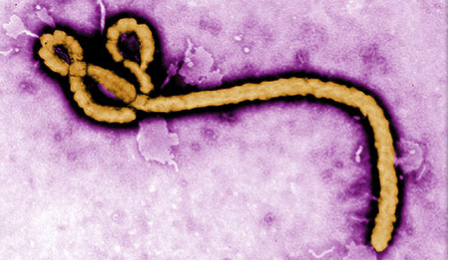Ebola scares many as it hits homeland

Ebola has been making headlines for weeks now as it is officially in the U.S. Many rumors have been spread.
So what’s true and what’s false? Well, for starters the most trustworthy and factual website to keep updated with what happening with Ebola is the Centers for Disease Control, or http://www.cdc.gov.
The news of Ebola at KU Med was in fact false. The patient has a just as serious disease, malaria.
In fact, as of Oct. 17, there have only been three confirmed cases of Ebola in the U.S., all coming from Dallas, Texas. The two nurses that worked on patient Thomas Eric Duncan (who recently passed of ebola) and, of course, Duncan.
The ebola survival rate is 7/10. Which means seven out of the 10 people confirmed will die due to no cure.
The chances of catching ebola are actually very slim. The CDC said ebola is not air born, nor does it live on surfaces. It is however much more potent. Meaning that a single drop of blood from an ebola patient could infect you. But a single drop of blood from an HIV patient couldn’t infect you. To catch ebola you’d have to be in direct skin contact with, or exposure to blood or body fluids.
If you think you’ve been exposed to ebola, monitor your symptoms for at least two to 21 days. Symptoms include a fever of 101.5 degrees Fahrenheit, and additional symptoms such as severe headache, muscle pain, vomiting, diarrhea, abdominal pain, or unexplained hemorrhage.
Some would say this crisis and panic is similar to the 80s when HIV and AIDS were first learned of. The outbreak in Africa is tragic, but society has the technology and knowledge to hopefully contain this disease.




![On Wednesday, Jan. 8, NKC Schools student Ryker Nakahodo begins to shovel his driveway by throwing it atop a pile. He did all this in the hope that shoveling snow would earn some money. He also didn't want to change into winter gear because wanted to get out there and do a quick job. “Because I don't want my Mom to slip and die in the car or Silva [our neighbor]," Nakahodo said.](https://northmennews.com/wp-content/uploads/2025/01/nakahodonikolas_26090_25301658_IMG_3107-600x450.jpg)
